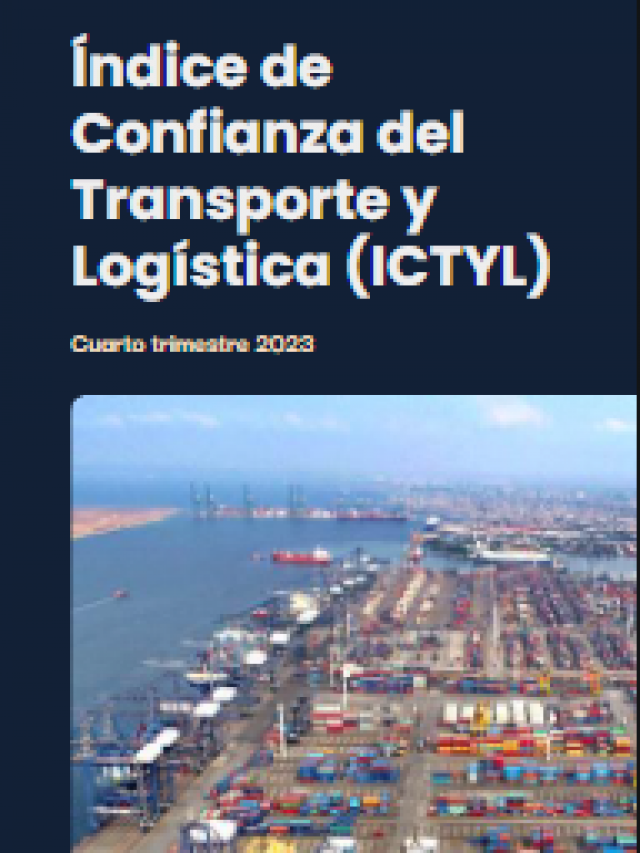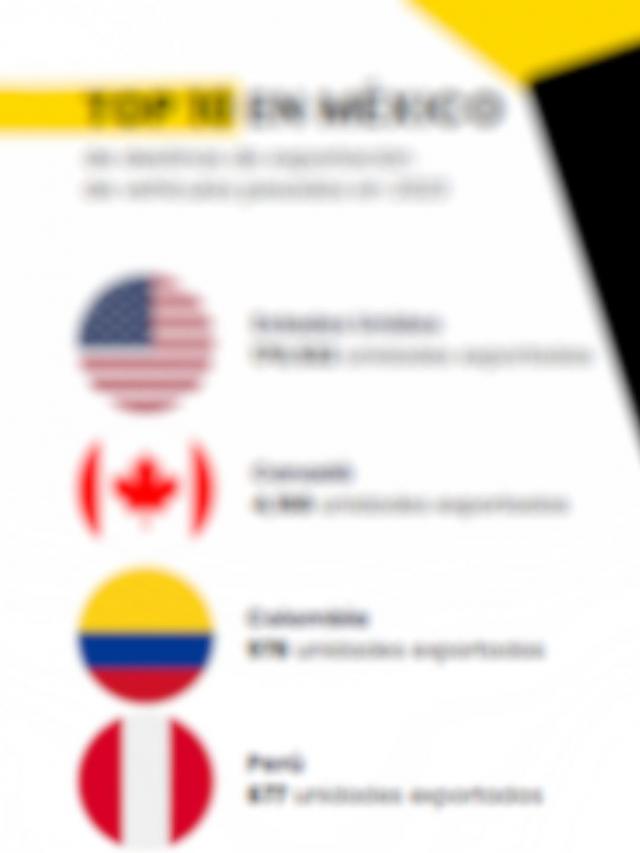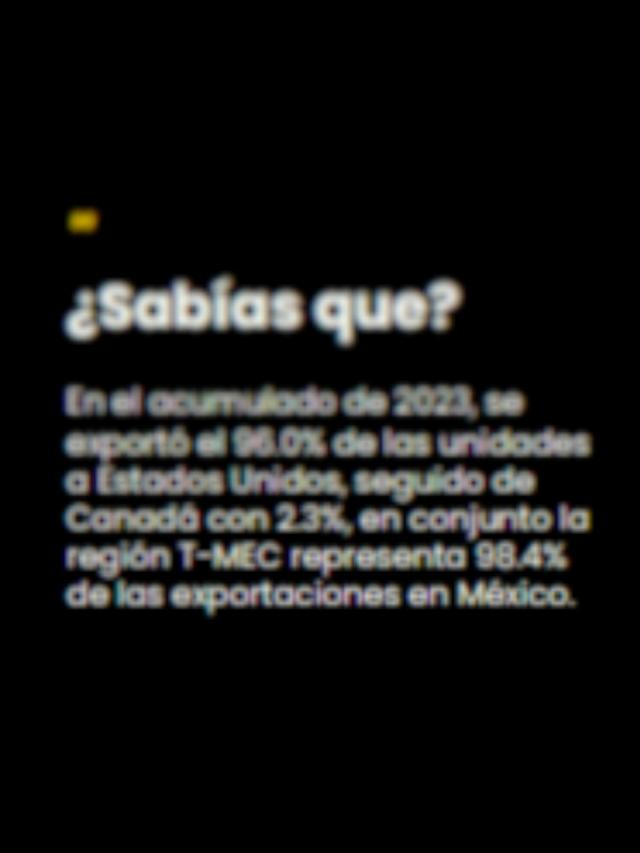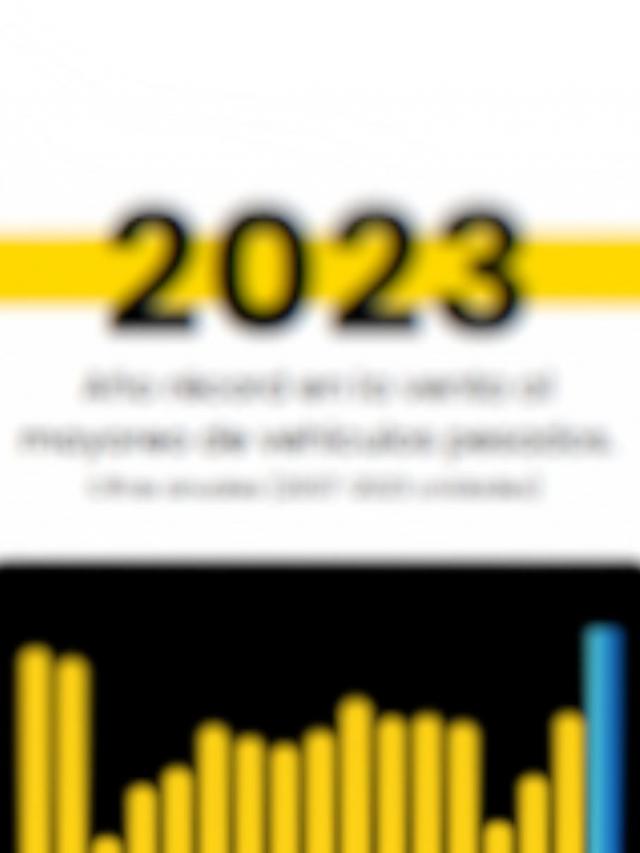 In March 2025, Mexican mining and metallurgical production, which includes extraction, processing, smelting and refining of metallic and non-metallic minerals, stood at a level of 83.5 points , which represented a decrease of 1.5% at a monthly rate, the National Institute of Statistics and Geography (INEGI) announced this Monday .
In March 2025, Mexican mining and metallurgical production, which includes extraction, processing, smelting and refining of metallic and non-metallic minerals, stood at a level of 83.5 points , which represented a decrease of 1.5% at a monthly rate, the National Institute of Statistics and Geography (INEGI) announced this Monday .
According to the agency’s figures, this would be the third month in 2025 with negative production numbers in this sector.
According to the Mining and Metallurgical Industry Statistics (EIMM) , which provides information on mining and metallurgical activity in order to generate timely indicators, annual production registered a variation of 4.2 percent .  In the third month of the year, and annual rate, zinc saw an increase in its production of 35.7%, and lead with 18.5% also showed an increase in said period. Fluorite registered an increase of 7.4%, as did gold and copper , with advances of 2.7% and 2.6%, respectively.
In the third month of the year, and annual rate, zinc saw an increase in its production of 35.7%, and lead with 18.5% also showed an increase in said period. Fluorite registered an increase of 7.4%, as did gold and copper , with advances of 2.7% and 2.6%, respectively.
Meanwhile, the largest declines in mining and metallurgical production during the period were in sulfur (22.1%), silver (2.3%), and non-coking coal —used for electricity generation—with an annual decline of 1.4%.
 By state, Zacatecas stood out in gold production, with an annual increase of 2.9%, as well as in zinc (4.8%) and copper (2.4%).
By state, Zacatecas stood out in gold production, with an annual increase of 2.9%, as well as in zinc (4.8%) and copper (2.4%).
Meanwhile, San Luis Potosí stood out in silver production with an annual variation of 15.1 percent, and Durango in lead with 5.9 percent.
The Mexican mining and metallurgical industry is in the crosshairs of US President Donald Trump , specifically for products such as steel and aluminum, which have been hit with a 25% tariff, and this sector is already feeling the brunt of the tax.
In response, the Mexican Institute for Competitiveness (IMCO) warned that the implementation of this measure will affect 4.7% of total Mexican exports.
Comment and follow us on X: @GrupoT21















